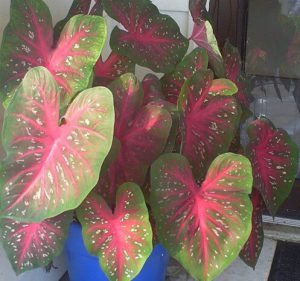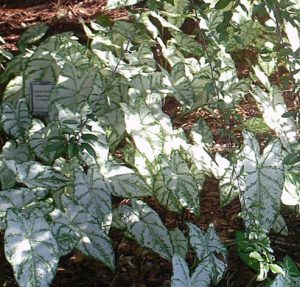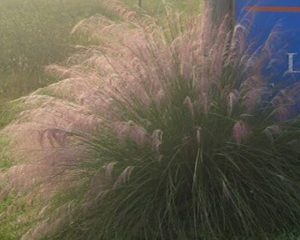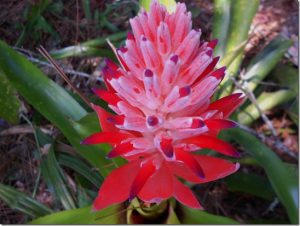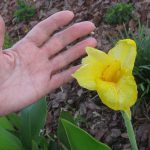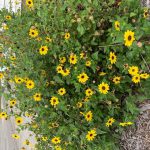How do I get started with gardening? I’m ready to get outside and do something creative, therapeutic and fun. Four tips shed light on how to get started. Plant examples may help you gain confidence as you play with roots and parts of plants. It’s always easier to start small and add on. Branch out once you have a season or two of success. Wishing you much joy in your gardening experience.
1. Look with a critical eye.
What is it you’re dealing with? Is the area prone to erosion, steeply sloped and hard to mow? Dealing with shaded areas? Experiencing well-drained sandy soils or occasional flooding? Is salt spray an issue? Begin by identifying the growing conditions. Then identify plants that can exist in harmony with the site. Right plant, right place means matching plants with the growing conditions.
2. Are you in the Zone?
Zone 8b, 9a, 9b…what does it mean? The United States Department of Agriculture (USDA) averages annual minimum winter temperatures (1976-2005) divided into 10-degree F zones. For example, zip code 32621 (Bronson) is listed as 9a. Contrast with zip 32680 (Old Town), listed as 8b. Search your zip code at USDA plant hardiness zone . Plant hardiness zone are listed on plant tags, online and in garden catalogs. Gardeners like to take advantage of micro-climates. These may be warmer or colder spots in the landscape. Exposed to cold northern winds one area may be colder as compared to a south facing area, where winds are blocked and heat radiates from the house.
I look for plants tolerant of a range of zones. Summer plants, zoned 8-10, include the cheerful black-eyed Susan (Rudebeckia species) and coreopsis. They’ll earn their keep, self-sow and create seedlings for next year – if they like the area. The man-of-the-mower has been won over by blanket flower (Gaillardia pulchella). He sows dry, mature seed heads over hard to mow areas, for seasonal color next year.
Low growing lippia (Phylla nodiflora) prefers sunny, well drained to moist soils. It’s an alternative to turf grass for steep or difficult to mow areas. Bulb and bulb-like plants (zone 8-10) are daylily (Hemerocallis spp.- multiple species), African lily (Agapanthus orientalis) and some daffodil (Narcissus spp.). Consider a blooms short lifespan. Large colorful foliage may be less maintenance than flowers and help bridge seasonal gaps. Growth habit, contrasting textures and variegated foliage provide multi-season interest.
3. Let there be light.
Exposure to sunlight directly impacts plant growth, flowering, fruit and seed production. Decode light terms found on seed packets or plant labels.
- Full Sun = 8 hours or more hours of direct light.
- Part Sun = 4-6 hours of direct light.
- Part Shade = means a shorter period of sunlight and perhaps protection from mid-day sun, especially in summer.
- Shade may be identified as filtered, dappled, deep or combination. Sydney Park Brown has authored an excellent primer on Landscaping in Florida Shade identifying groundcover, shrubs and trees.Caladiumand coleus (Solenostemon scuttellarioides) add color to shaded spots with coleus being the thirstier of the two. Evergreen mondo grass (Ophiopogon japonicas) is not a true grass. It is, however, an alternative to turf grass in shaded sites. Clumping dwarf varieties spread by underground stems with maximum height of three inches. As a groundcover it’s useful among tree roots where mowing is not possible.
Odontonema strictum, 8b-11 canna are cold-tender Helianthus debilis, 8b-11
4. Soil moisture and drought tolerance. What’s the difference?
A soils structure influences how quickly water moves through the soil. Florida soils range in ability to hold water against gravity. Soils may range from well drained to wet. Water may collect in low-lying areas as well. Some plants are better suited to wet, poorly drained or compacted soils. These may survive both prolonged wet conditions and dry soils.
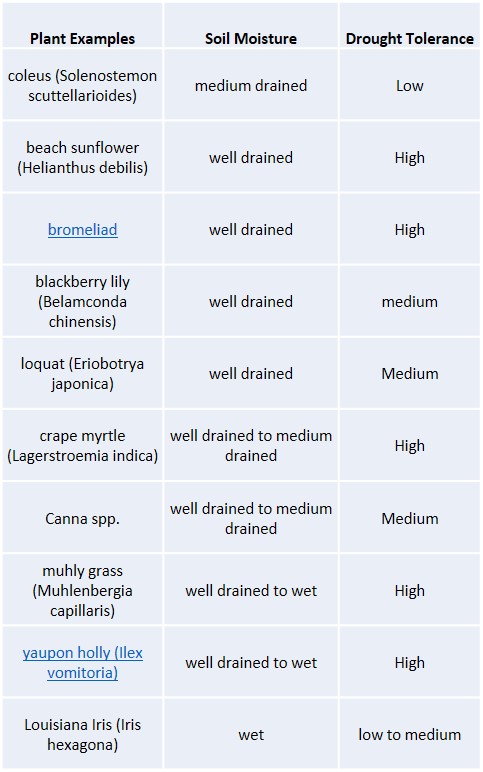
Drought tolerance, identified as high, medium, low or none is one measure of how well an established plant tolerates droughty soil conditions. Drought tolerant plants may temporarily survive in dry soils.
Grouping plants with similar soil moisture and water needs will result in easier and more efficient water use.
Resources
Click here for annual bedding plants, identify perennials suitable for north Florida, details on croton, salt tolerance and interactive map to county extension offices.
University of Florida online resources are available 24/7. Use the search feature at UF’s Electronic Data Information Source (EDIS) at http://edis.ifas.ufl.edu/. Note: periodically publications are reviewed or revised, indicating ‘document not found’ message.
UF’s Florida-Friendly Landscaping (FFL) website hosts horticulture related webinars. Dixie, Gilchrist and Levy county residents have access to UF’s Florida Yard & Neighborhood (FYN) program. Specially trained Master Gardener volunteers reference UF research-based information, providing options customized to your landscaping goals. There is no charge for the FYN yard visit. Call 352-486-5131 or email for more information.
I always have room for more plants and I’ve killed more than I’d like to admit. Keep trying! You’ll learn from doing and evaluating what you’ve done. Please reply and share what going on in your landscape. Spread Joy until we meet again!
 0
0
